I wanted something different from the usual Greek island trip—a place without crowds, traffic, or noise. That’s when I found Loutro, a tiny whitewashed village hidden on Crete’s southern coast. You can only reach it by boat or on foot.
Loutro is a peaceful, car-free escape that feels miles away from the busy resorts you see on most Greek islands.
When the ferry neared the cove, I caught sight of rows of white buildings against the deep blue sea and wild mountains. Stepping off the boat, I noticed the lack of cars. Only the gentle sound of waves and a calm I hadn’t felt in ages greeted me.
The village is tiny, but it’s full of charm. The water is so clear you’ll want to jump in right away. The tavernas serve fresh, local food that tastes like summer.
Staying overnight in Loutro let me slip into the slow, simple rhythm of life by the sea. If you crave a magical, quiet getaway far from Crete’s crowds, this hidden gem is absolutely worth the journey.

Why Loutro Feels Like a Secret Greek Hideaway
Loutro sits tucked away on Crete’s southern coast. Here, I get rare peaceful seclusion and a sense of timelessness.
There are no cars to break the silence, and history hides around every corner. This cove lets me step into a world that feels far away from Greece’s packed resorts.
Car-Free Tranquility and Arrival by Boat
Getting to Loutro feels like a little adventure. No roads twist into the village—just the sparkling Libyan Sea and a boat to bring me in.
I started my journey in Chora Sfakion, the nearest port. Ferries and water taxis run every day.
When the boat pulls up to the tiny harbor, silence hits me first. No cars, scooters, or buses—just soft chatter from tavernas and the sound of water. My pace slows down right away.
Loutro feels hidden and protected. Cobblestone lanes wind between whitewashed homes, most of them guesthouses or family-run hotels. Locals wave and greet me as I walk by.
The only way to get around is on foot. I spot families heading to the pebble beach, hikers starting out on trails, and fishermen coming back with the morning catch.
The lack of traffic keeps Loutro peaceful. It also helps the village hold onto its old-world charm—the kind I rarely find anywhere else on Crete.
| Transport | Status |
|---|---|
| Car | Not allowed |
| Bicycle/Motorbike | Not present |
| Boat | Only way in |

Ancient and Byzantine Echoes Beneath Whitewashed Charm
Underneath Loutro’s fresh white paint, I can feel ancient Greece. The area once held the old town of Phoenix, a tiny harbor that mattered to Minoan traders.
Now, a few old walls and ruins rest quietly among olive trees and wildflowers. They remind me that travelers have stopped here for thousands of years.
I spot Byzantine influence in scattered chapels and mosaic fragments on my morning walks. Sometimes I stumble on a faded icon above a doorway or the curved dome of a centuries-old church.
Despite its Cycladic look—white cubes, blue shutters—Loutro’s roots are all Cretan, not from the Saronic Gulf islands. The peaceful bay holds layers of history, from Venetian pirates to Ottoman garrisons.
When dusk falls and the sun turns the cove pink, I picture ancient travelers arriving here, drawn by the same quiet beauty and shelter. If you want to step into Crete’s living history, Loutro is a travel resource like no other.
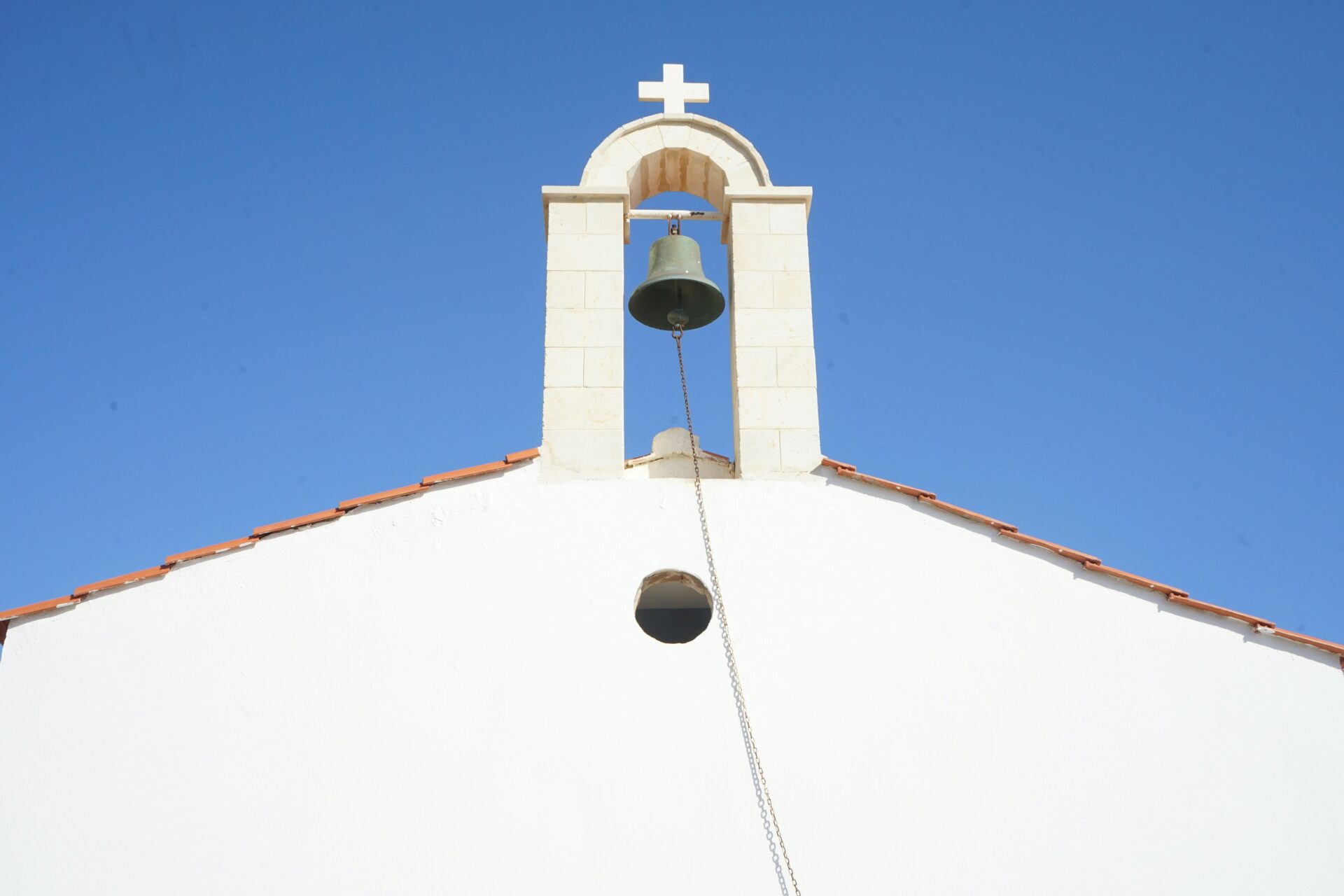
Planning Your Trip to Loutro
Getting to Loutro takes a little extra planning. Since the village is car-free and only reachable by boat or on foot, a bit of prep will make your trip smoother and less stressful.
Best Time to Visit and Weather
Loutro’s magic really shines from late spring to early autumn. I think May, June, and September are best—the days are warm, the sea is perfect for swimming, and there aren’t as many people as in the peak summer months.
July and August get hot and busy, especially when Greek families come for vacation. If you want peace and quiet, those months might not work for you.
Winters are rainy, and most hotels and tavernas close. Plan for high or shoulder season if you want the full experience.
Here’s a quick breakdown:
| Month | Temperature | Crowd Level | Open Businesses |
|---|---|---|---|
| May-June | Mild-Warm | Low-Medium | Most Open |
| July-August | Hot | High | All Open |
| Sept-October | Warm-Cooler | Medium | Most Open |
| Nov-April | Cooler/Rainy | Very Quiet | Most Closed |
Pack layers, sun protection, and a windbreaker for those breezy evenings.
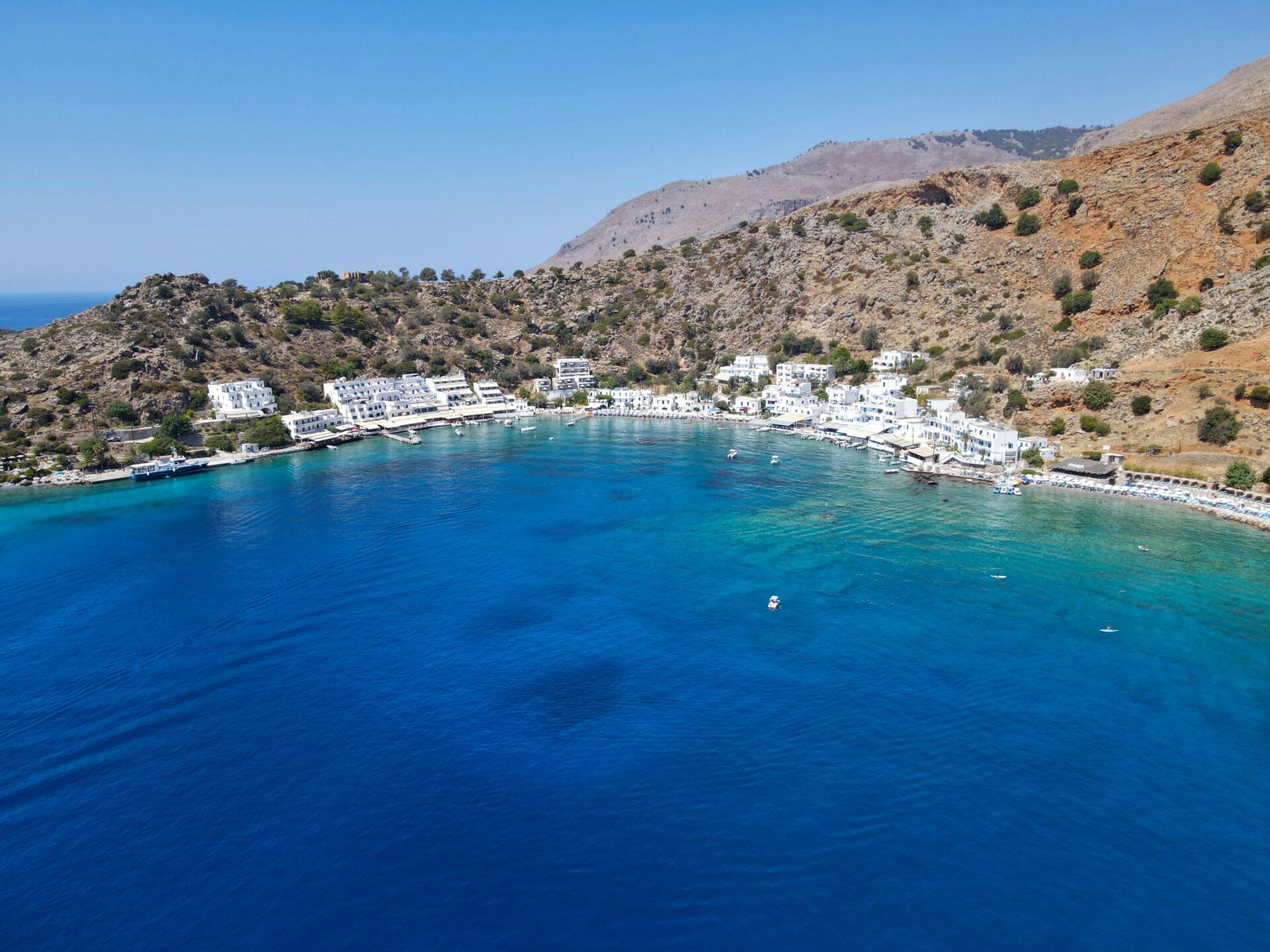
Entry Requirements, Travel Insurance, and Customs
Loutro is part of Greece, so entry requirements are the same as the mainland. As an American, I just needed a valid passport—no visa for visits under 90 days.
If you’re coming from elsewhere, check your country’s rules on the official Greek government website or reliable travel guides like Frommer’s.
I always grab travel insurance before any international trip. Even somewhere as peaceful as Loutro, things can go sideways. Choose a policy that covers medical needs, lost bags, and trip interruptions. Some even offer special coverage for big events in Athens.
Greek customs are straightforward. Don’t bring restricted items like certain foods and plants, and follow the usual airport rules. Greek hospitality is real—officials are generally friendly—but sticking to the rules keeps your entry smooth.
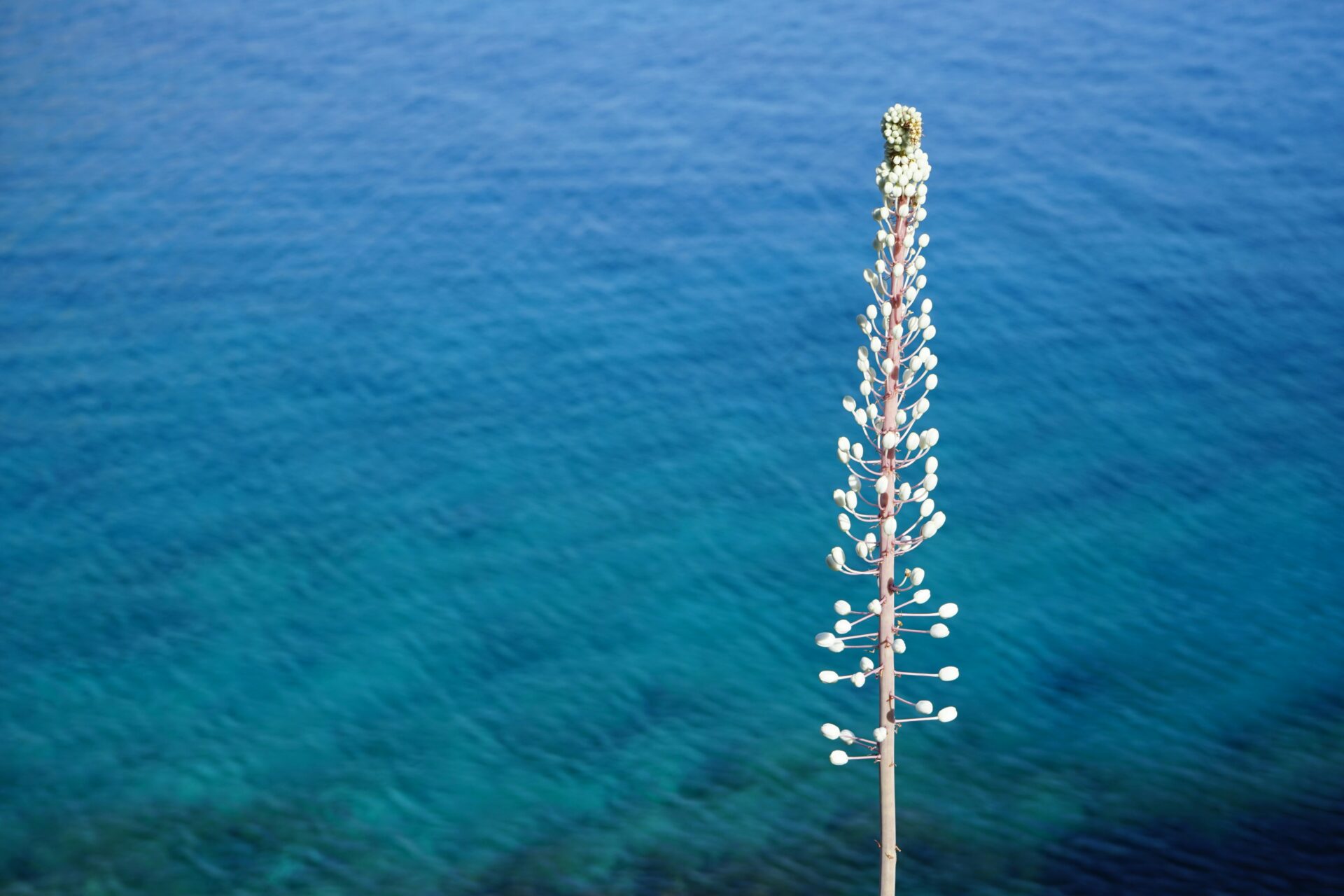
Where to Stay: Loutro’s Homely Accommodations
Finding a place to stay in Loutro is half the fun. You’ll find everything from cozy family-run guesthouses to calm seaside hotel rooms just steps from the water.
Seaside Resorts and Boutique Hotels
Waking up to the sound of waves is one of my favorite memories from Loutro. Most resorts and hotels line the pebbly shore.
I stayed at Hotel Porto Loutro, where rooms have big windows and little balconies facing the Libyan Sea. Every morning, I watched fishing boats drift by from my bed.
Other spots—like Daskalogiannis Hotel and Oasis Hotel—are known for friendly service and clean, bright rooms. It’s easy to walk out and step right into the sea, since many hotels are just a few meters from the best beaches.
Nearly all accommodations offer free Wi-Fi and breakfast. Some even have waterfront tavernas where I enjoyed simple, tasty meals under the stars.
Here’s a quick look at some popular picks:
| Hotel Name | Location | Special Features |
|---|---|---|
| Porto Loutro Hotel | Seafront | Sea views, balconies, breakfast |
| Daskalogiannis Hotel | Beachfront | Family atmosphere, harbor views |
| Oasis Hotel | Central village | Garden terrace, easy access to sea |
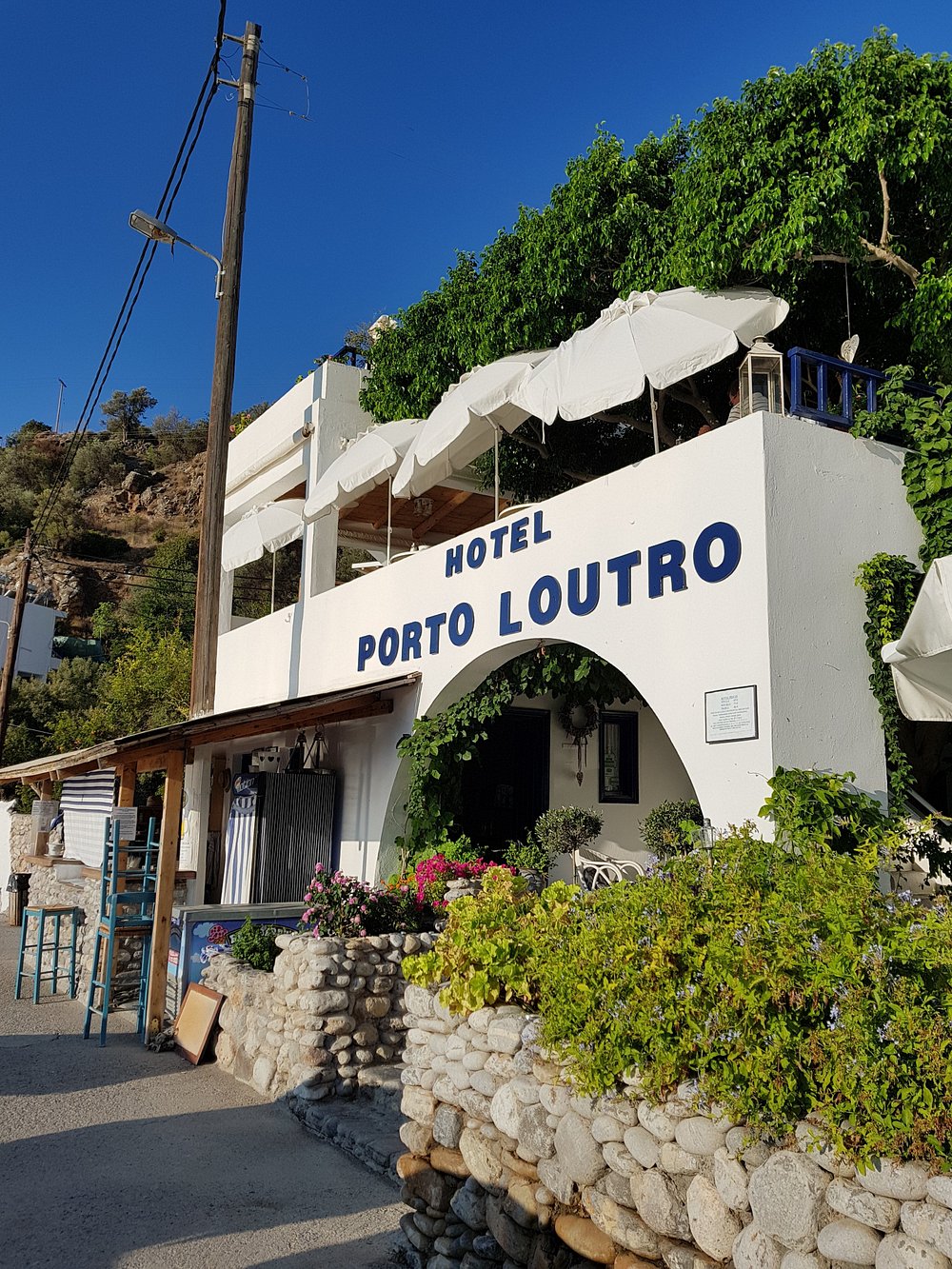
Guesthouses With Character
If I wanted something more personal, guesthouses made me feel like I was staying at a friend’s place. Painted white and blue, these small buildings sit above the main path with views of the sea and mountains.
Sifis Hotel stands out for its quirky style and warm hosts. Most guesthouses only have a handful of rooms, so it stays quiet even when the village gets busy.
Rooms are simple but spotless, usually with a small fridge, kettle, and air conditioning. I noticed nice extras like beach umbrellas, snorkeling gear, or a shady courtyard for reading after a swim.
Rates are lower than big hotels, so it’s a solid choice for budget travelers or anyone who wants a taste of old-school Cretan hospitality.
Over breakfast, I got great tips from other guests about the best beaches, like Glyka Nera and Marmara. Making friends felt easy, and the pace of life was slow and unhurried.
If you like a relaxed, homey stay, Loutro’s guesthouses are a great pick.

Dining and Nightlife in a Dreamy Cove
Food and evenings in Loutro flow with the rhythm of the sea and sky. Meals stretch out, the music stays gentle, and the magic lingers after the sun dips behind the mountains.
Loutro’s Exceptional Waterfront Restaurants
Almost every meal in Loutro comes with a view. Most restaurants sit right on the water, their white tables lined up along the beach or perched just above the waves.
Dinner usually means local Cretan dishes: fresh-caught fish grilled whole, juicy tomatoes, and tangy feta with olive oil.
My favorite, Notos Restaurant, served grilled octopus that basically melted in my mouth. Many places show off their day’s catch on ice by the door. It’s tough to go wrong—just ask for the special.
A few places I really liked:
- Pavlos: Best for meze and slow-roasted lamb.
- Stratis: Seafood spaghetti is the star.
- Blue House: Local salads and homemade desserts.
All are casual, family-run, and proud of their food. Service is laid-back, and nobody rushes you. Linger over dessert or sip ouzo as the stars come out.
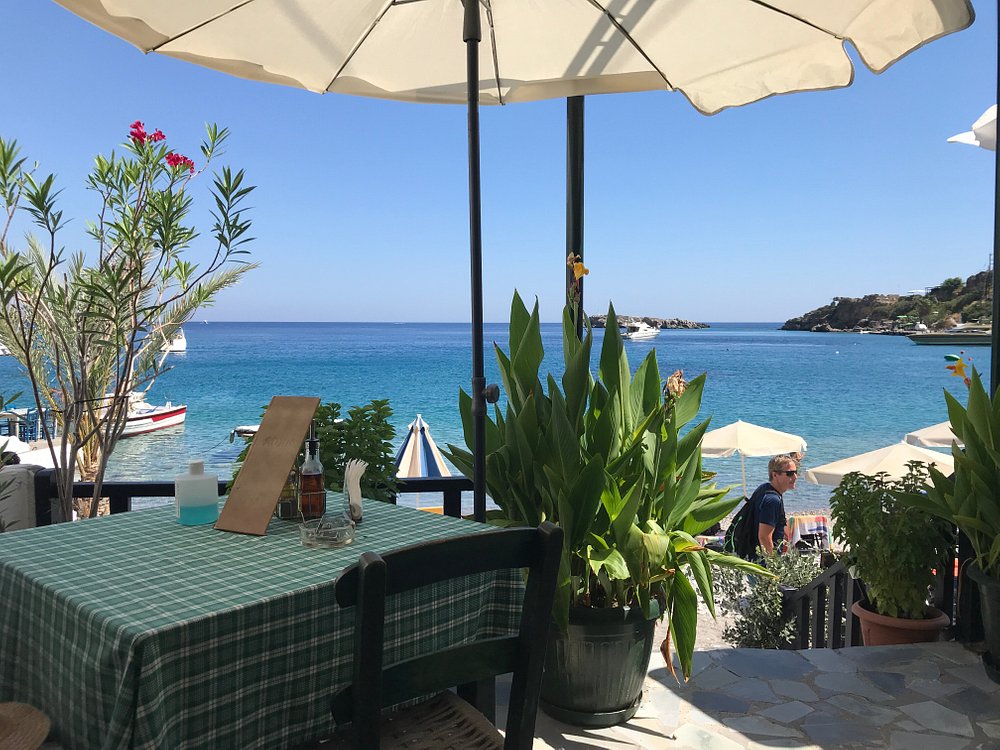
Unwinding: Cafés, Bars, and Low-Key Nightlife
Nightlife here is easygoing and friendly. There aren’t any nightclubs or loud music.
I liked wandering between small cafés and bars that stay open late. They spill out onto terraces with cushioned chairs where locals and travelers chat.
My evenings often started with a coffee at Café Yiannis. Later, I’d end up at a beach bar sipping raki or a cold local beer.
Some bars, like Akroyiali, play soft Greek music, setting a calm mood. If you want excitement, the buzz of conversation and the clink of glasses is about as wild as it gets.
Card games, laughter, and the sound of waves fill the air. Nightlife here feels unique—peaceful, personal, and just right for this car-free cove.

The Best Experiences and Hidden Beaches Around Loutro
In Loutro, I felt real freedom—no cars, no rush, just wild blue coves and whitewashed walls glowing in the sunlight.
I spent my days hopping between secret beaches, wandering old trails, and taking boats to explore even more of Crete’s magic.
Secret Coves, Swimming, and Sunbathing
The best part of Loutro is how easy it is to find a little beach all to yourself. The main pebble beach in the village is clear and calm, perfect for a swim.
But it’s the hidden coves nearby that really feel special.
Here are my favorite beaches within reach:
| Beach | How to Reach | Special Features |
|---|---|---|
| Glyka Nera | 30-minute walk or boat | Freshwater springs, turquoise water |
| Marmara | Short boat ride | Rocky caves, quiet, deep blue |
| Timios Stavros | Walk east of Loutro | Secluded, hardly any people |
Most people head straight to Glyka Nera, or “Sweet Water Beach,” where water bubbles up from underground springs. I loved sunbathing there, cold drink in hand from the simple café.
Marmara Beach wowed me with its dramatic rocks and deep sea pools—perfect for a dip after a hot hike. Even the tiny sandy spots along the footpath offer peaceful swimming if you want total silence.
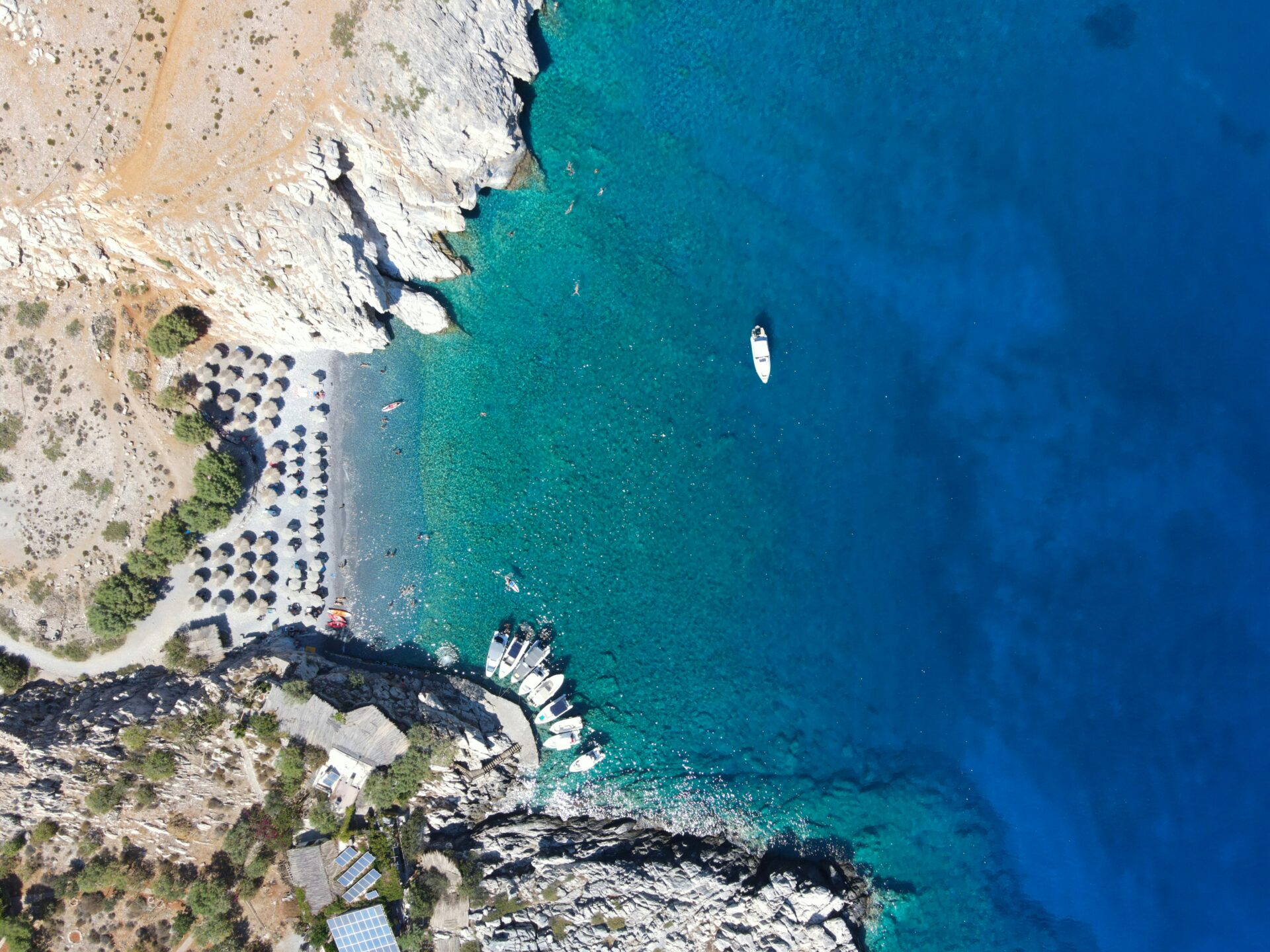
Hiking Ancient Paths and Exploring Nearby Villages
Loutro sits at the end of old Cretan trails that people have walked for centuries. I took the path west toward Hora Sfakion, following a coastal hike full of wildflowers and sea views.
Along the way, old stone chapels gave me shade and a spot to listen to cicadas. Heading inland, the hills reveal tiny villages untouched by crowds.
Locals cook slow meals from local cheese, olives, and oranges. One morning, I wandered uphill to Anopoli, famous for mountain honey and rustic tavernas.
The trails can be rocky, but sturdy shoes make it manageable. For me, this mix of sea hikes and mountain walks felt like a real escape from busy cities or the Cycladic islands.

Day Trips to Crete’s Other Magical Islands
Loutro really feels like a hidden gem, but honestly, it’s also the perfect spot to start exploring more of Crete and the nearby islands. I found daily boat connections that let me zip over to Paleochora or Agia Roumeli—the end point for that legendary Samaria Gorge hike.
From the southern coast, I noticed small cruise boats heading out to little islets that you won’t find in the big guidebooks. That kind of off-the-radar adventure is hard to resist.
Crete doesn’t belong to the Cyclades like Santorini, Naxos, or Paros. Still, I ran into quite a few travelers who were mixing and matching their island journeys.
Some folks aimed to cross over to Sifnos or Folegandros by catching ferries from Chania or Heraklion. There’s cruise coverage connecting all sorts of regions along Greece’s southern shores.
The vibe here feels totally different—no blaring ports, no frantic Athens Metro, none of that. Just endless blue sea and the sense that another secret cove might be waiting out there, just past the horizon.

